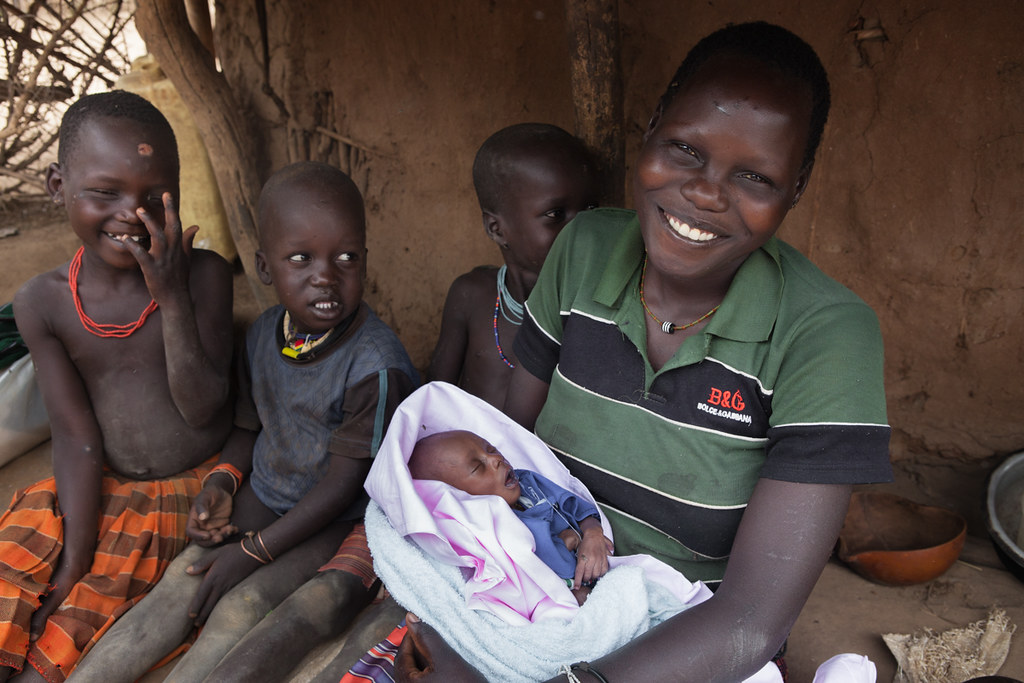One in 16 Ugandan children do not live to reach their fifth birthday. Thankfully, the country’s Ministry of Health (MOH) sees this tragic statistic for what it is: an unacceptable number of preventable deaths.
Uganda’s commitment to its youngest citizens is more than lip service. It became a strategic approach to reduce death, illness and disability – and improve growth and development – of children under five. The foundation of this success was implementation of the Integrated Management of Newborn and Childhood Illnesses (IMNCI) approach as the main strategy for increasing coverage of low-cost, high-impact, evidence-based child health interventions at all levels of the health system.
How It Works
IMNCI stresses the use of both preventive and curative elements by families, communities, and health facilities. The approach comprises three complementary components:
- Improved health worker skills;
- Strengthened health systems, and
- Improved household and community practices.
To begin, MSCP piloted two in-service training approaches to deliver an updated Uganda IMNCI curriculum – a “short interrupted course” (SIC), which entailed two sessions of face-to-face trainings over a six-week period; and a distance learning course, which featured three one-day face-to-face training sessions. Both approaches included intermittent mentorship support between face-to-face sessions, and aimed to overcome the common inability of health workers to translate new content into practice.
Lifesaving Results
The results of the trainings were immediate and far reaching, as illustrated by providers like Shamim Nakirube. A health facility in-charge at Nairika Health Center in Luuka District, Nakirube and her staff began implementing the new IMNCI practices after she attended the SIC, which improved both the use of drugs and quality of care for children at her facility within weeks.
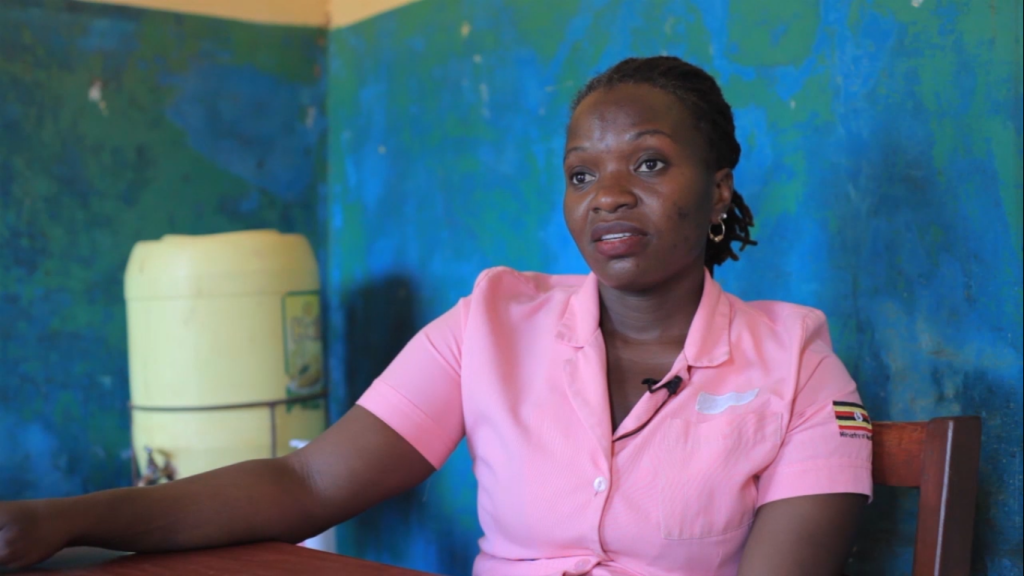
A few years earlier, Nakirube and a co-worker – both certified nurses – had attended a pre-service IMNCI training. However, it consisted of just a few lessons with minimal clinical exposure. By contrast, MCSP’s SIC used videos, assignment booklets, short cases, clinical guides, and real patient exposure (from nearby Iganga General Hospital) during face-to-face training sessions.
The training re-introduced her to the IMNCI methodology of assessment, classification and treatment of children under age five based both on the child’s presenting symptoms and the child and caregiver’s sociodemographic history. Nakirube and her fellow participants also received hands-on skills training and updated knowledge about the new IMNCI national guidelines that previous IMCI training modules did not cover, including:
- Classification of pneumonia and diarrhea
- Assessment for HIV and tuberculosis
- Responsive childcare and cognitive stimulation
- Care for the sick newborn
- Other emerging issues
In a variation from other training approaches, attendees were expected to conduct clinical assignments while seeing patients and complete all course reading materials. These assignments were reviewed and monitored during follow-up mentorship sessions, which were jointly supported by MCSP and USAID’s Regional Health Integration to Enhance Services (RHITES) project.
This time the learning stuck. Post-training, Nakirube is now leading the charge at her facility to change poor clinical practices, including misdiagnoses, improper drug prescriptions, and incorrect case referral.
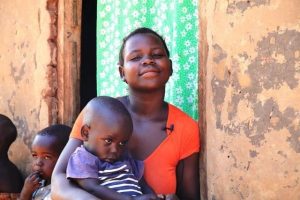
“Before the training, we used to treat every child who presented with a fever with [malaria drugs], even before we ran a quick diagnostic test. All coughs and colds were treated with [antibiotics] and diagnosed as an upper respiratory tract infection – a non-conclusive diagnosis with no clear line of treatment,” she said. “This found us constantly running out of drugs and supplies, and we often had to refer our patients to local drug shops to purchase prescriptions, which they could barely afford.”
With the new protocols in place, Nakirube and her staff have greatly improved stock-outs and services at Nairika Health Center. The proportion of cases classified as upper respiratory tract infections decreased, as did the proportion of children with coughs or colds who were treated with an antibiotic.
Nakirube and her colleagues then worked alongside the local council to educate the surrounding community on the importance and benefits of the new IMNCI guidelines. Many in the community were initially confused by the new treatment methods, especially when sick children returned from the facility without medicine. With the support of local political and religious leaders, Nakirube and her staff spread the word that home remedies are appropriate for coughs and colds, but only pneumonia and malaria should be treated with particular drugs.
Going National
Beyond individual trainings, MCSP also collaborated with the MOH and RHITES projects to implement an 18-month IMNCI demonstration program in four districts of Uganda. The program translated the capacity- building approach of IMNCI into appropriate case identification and clinical management of malaria, diarrhea, pneumonia, HIV/tuberculosis (TB), and malnutrition.
At MCSP-supported health facilities, the program identified numerous knowledge gaps among health workers in the provision of essential child health services, which led to the misclassification of sick children, incorrect prescriptions and treatment approaches, and poor management of complicated cases. These in turn led to unnecessary delays in referral and an increased risk of mortality.
Many patients like two-year-old Aaron, who was suffering from a persistent cough and high fever, have already benefitted from this improved care. Aaron’s mother, Annet Kantero, initially had him assessed at private clinic near her home, where he was diagnosed and treated for pneumonia. However, his condition did not improve.
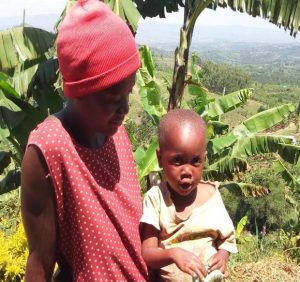
When her son’s fever increased, weight dwindled, and cough worsened, Kantero took him to the doctor again – this time at the nearby hospital. Again, he was treated for pneumonia and discharged, but at home, his condition rapidly deteriorated.
This time, Kantero and her husband rushed Aaron to Itojo Hospital in Ntungamo District, a health facility whose staff had recently received IMNCI training and mentorship supported by MCSP. There, based on the severity of his condition, their son was triaged, assessed quickly ahead of other patients, and admitted.
After referring to the IMNCI Case Classification Guide provided by MCSP, the IMNCI-trained staff requested further tests to investigate Aaron’s persistent cough, which had not improved despite two rounds of pneumonia treatment. He was diagnosed with severe acute malnutrition and pulmonary TB, and put on specific treatment for both.
While Aaron recuperated for a month in nutritional rehabilitation and received inpatient TB treatment, the hospital staff conducted a contact-tracing exercise among his relatives. As a result, someone in his household was revealed to have multi-drug resistant TB, and was referred to Mbarara Regional Referral Hospital for lifesaving treatment.
At discharge, Aaron was healthy and strong. “He got much improvement on treatment. I noticed the swelling of the legs had disappeared, his appetite improved, the cough subsided, and the fever reduced,” his mother said. “I can now sleep well. Before, I was always worried all day and night. I am happy with the services my child got from the hospital, because my child could have died.”
Big Impact
In all, MCSP and the RHITES projects supported IMNCI at 132 health facilities to provide lifesaving health services for children under age five. The approach, when scaled to lower-level health facilities across all cadres, also reduces referral and treatment costs for families by ensuring correct and timely classification and management of children under five.
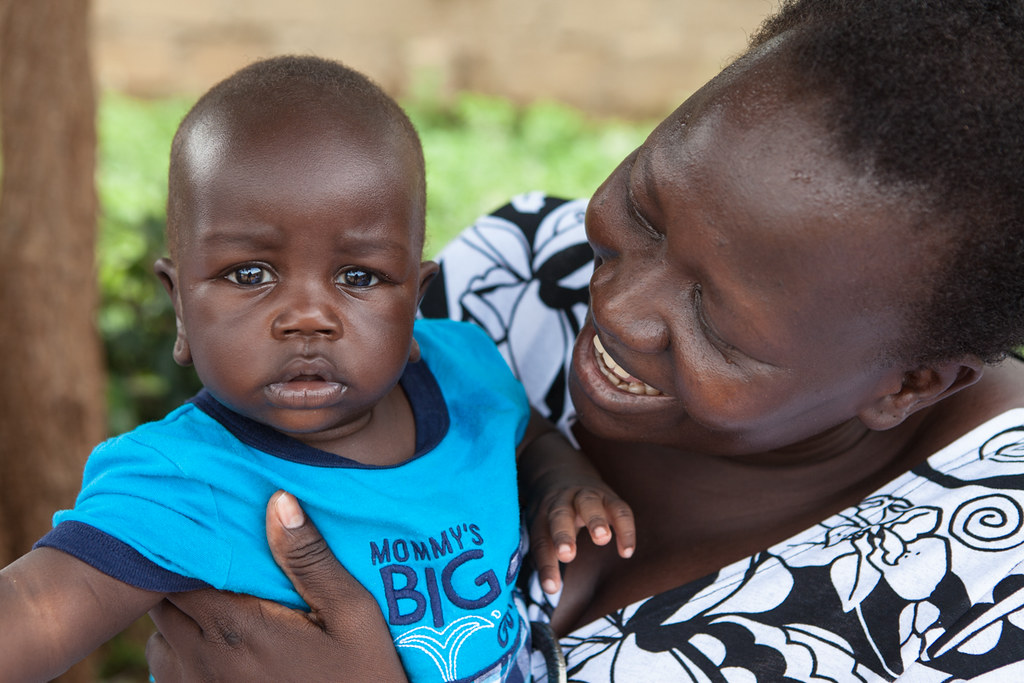
The world has made substantial progress in reducing child mortality over the past few decades – a remarkable 50 million children under age five saved just since 2000. But these tremendous achievements will only continue if we strive to “reach the unreached.”
For MCSP and partners, this means addressing the common causes of child deaths – pneumonia, malaria, diarrhea, malnutrition and measles – in some of the most challenging regions for health. In Uganda, this included demonstrating that a package of low-cost, high-impact, evidence-based child health interventions are applicable and scalable at different levels of the health system.
To learn more about IMNCI – and to test your skills! – take this free e-learning course. You’ll learn to identify the basic elements of managing programs for child health, and better understand the importance of strengthening health systems for effective case management of childhood illness.
